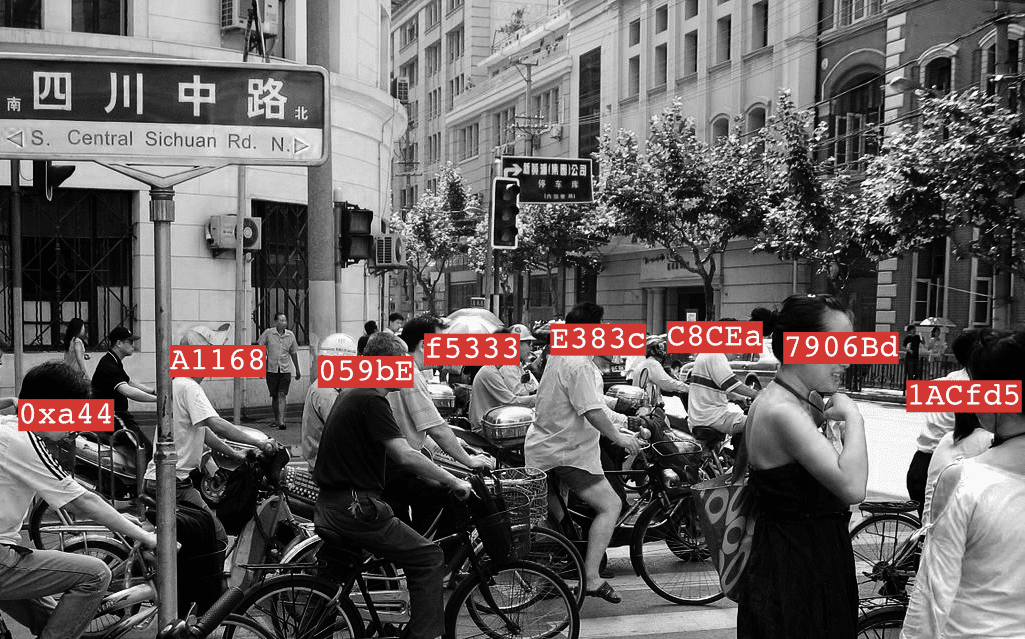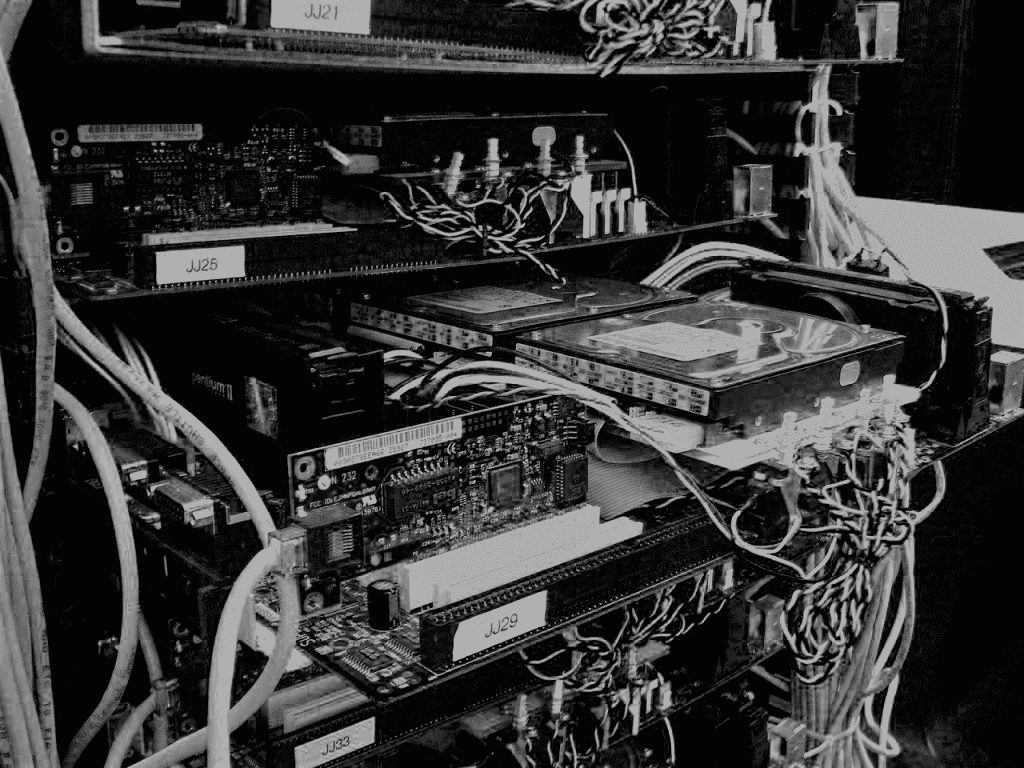China does not take capital control lightly. As a country, it is going to great lengths to prevent a high level of capital from leaving China. To do this, it needs more transparency when it comes to the shareholding structure of Joint Ventures and Wholly Foreign-Owned Enterprises (WFOE).
Within this framework of strengthening capital control, two major Ministry of Commerce (MOFCOM) requirements have been implemented this year.
On July 30th, a new requirement regarding shareholding structure was released by the Chinese regulator. This new regulation follows the path laid out in October of last year regarding the concept of the “Ultimate Controller”.
This means that MOFCOM now has the power to trace back the ultimate controller of any company in China, to obtain their detailed information and that of any changes in shareholders (e.g. following an equity transfer or an M&A transaction).
These newly implemented tools aim to tighten control over domestic and foreign invested companies’ funds moving out of the country, and to potentially levy taxes on indirect transfers.
Furthermore, from January 2018, the initial intake of signatory countries will start implementing the Automatic Exchange of Financial Account Information (AEOI).
Tracking back to the ultimate and actual controller
Last July, MOFCOM specifically mentioned new requirements regarding the shareholding structure that should
- reflect control by the ultimate controller;
- track back to ultimate controller level.
Furthermore, every shareholder and their ratio should appear in each shareholding level. However, it is not necessary to trace back every minority shareholder to the level of natural person or listed company.
What are the grounds for this new regulation?
In October last year, MOFCOM issued Order No. 3 [2016], named “Interim Measures for the Recordation Administration of the Formation and Modification of Foreign-Funded Enterprises”.
According to this rule, when incorporating an FIE or proceeding with a transaction leading to a change of shareholding structure, it is required to file online with MOFCOM and to fill in a table disclosing some information about the ultimate controller.
MOFCOM needs to be able to access the necessary information to identify the ultimate controller, including his name, his place of registration or nationality and mode of controlling.
As listed in the MOFCOM form, the method of ultimate control is limited to three types:
1. Solely or jointly with other related investors holding directly or indirectly more than 50% of the shares, equity, shares of property, voting rights or other similar interests;
2. Solely or jointly with other related investors holding directly or indirectly less than 50% of the shares, equity, shares of property, voting rights or other similar interests, but the voting rights enjoyed are sufficient to have a significant impact on the resolution of the power organ of the enterprise;
3. Other circumstances that have a significant impact on business decisions, personal, finance, and technology of the enterprise.
The ultimate controller can be a natural person, a listed company, or an investment fund.
This new regulation obviously raises legal and practical issues regarding private equity funds. According to our latest consultations with MOFCOM in Shanghai, the authorities informally confirmed that a private equity fund can be considered as an exception. Thus, the fund would be deemed as the ultimate controller rather than tracing back further to the upper level of its myriad subscribers.
Towards the end of bank secrecy
Following the global footprints of tax transparency and the fight against cross-border tax evasion, banks around the world are preparing to share information with tax authorities.
In July 2014, the Organization of Economic Cooperation and Development (OECD) released the Common Reporting Standard on which is built the Automatic Exchange of Information (AEI).
More than a hundred jurisdictions have committed to implement this new standard, 49 countries in 2017, and 53 in 2018, among which are China and Hong Kong.
Once implemented (starting from January 1, 2018), banks and other financial service providers will have several obligations to disclose information collected from their customers in relation to their KYC (know-your-client) obligations when such a client is a tax resident of a signing country to OECD convention.
For instance, if a Hong Kong bank identifies a customer who is a tax resident of jurisdictions with which Hong Kong has entered into certain international agreements, it will provide information related to this customer to Hong Kong tax authorities.
The local tax authorities will automatically provide this information to the relevant overseas tax authorities on an annual basis. As a matter of fact, having a company in Hong Kong or France may lead the tax authorities of these countries to communicate information to the tax authorities of China.
The banks will then be obliged to follow up.
How does it affect round-tripping investment?
The “Circular No. 37”, promulgated in 2014 by the State Administration of Foreign Exchange (SAFE), the Chinese regulator on foreign exchange matters, governs round-tripping investment by domestic residents.
In such a round-tripping investment structure, a special purpose vehicle (SPV) is registered out of China and invests in Mainland China. The whole purpose is to deal with ownership of the Chinese citizen’s underlying assets or business, through the ownership of the SPV.
The mandatory disclosure of the Ultimate Controller or the control of the bank account movements will increase the chances of the Chinese authorities discovering the illegal issuance of shares of foreign entities to Chinese investors who are in violation of Circular 37.
Consequently, the authorities may block the payment of dividends from China to overseas or the completion of capital increase operations in China, as some companies have already experienced recently. Subsequent investigations into the Chinese shareholders located overseas and the foreign operators may thus be avoided if proper action is taken.
Conclusion
Since last November, Beijing has already announced a series of measures to curb capital outflow, including closer scrutiny of domestic companies’ outbound investments.
These measures seem to be shaped to support the optimization and diversification of foreign exchange reserves.
In addition, Chinese authorities have improved their tools to detect and collect taxes when operations involve Chinese shareholders located in offshore entities, as well as the tax on indirect capital gain and the General Anti-Avoidance Rule (GAAR) mentioned in our June 2017 issue.
These controls generally lead to an increasing amount of administrative sanctions and refusal by the Chinese authorities to approve urgent financial operations, such as capital increase or forex payments, that may challenge the continuity of operations in China and generate risks of breach of contracts by the Chinese affiliate.












